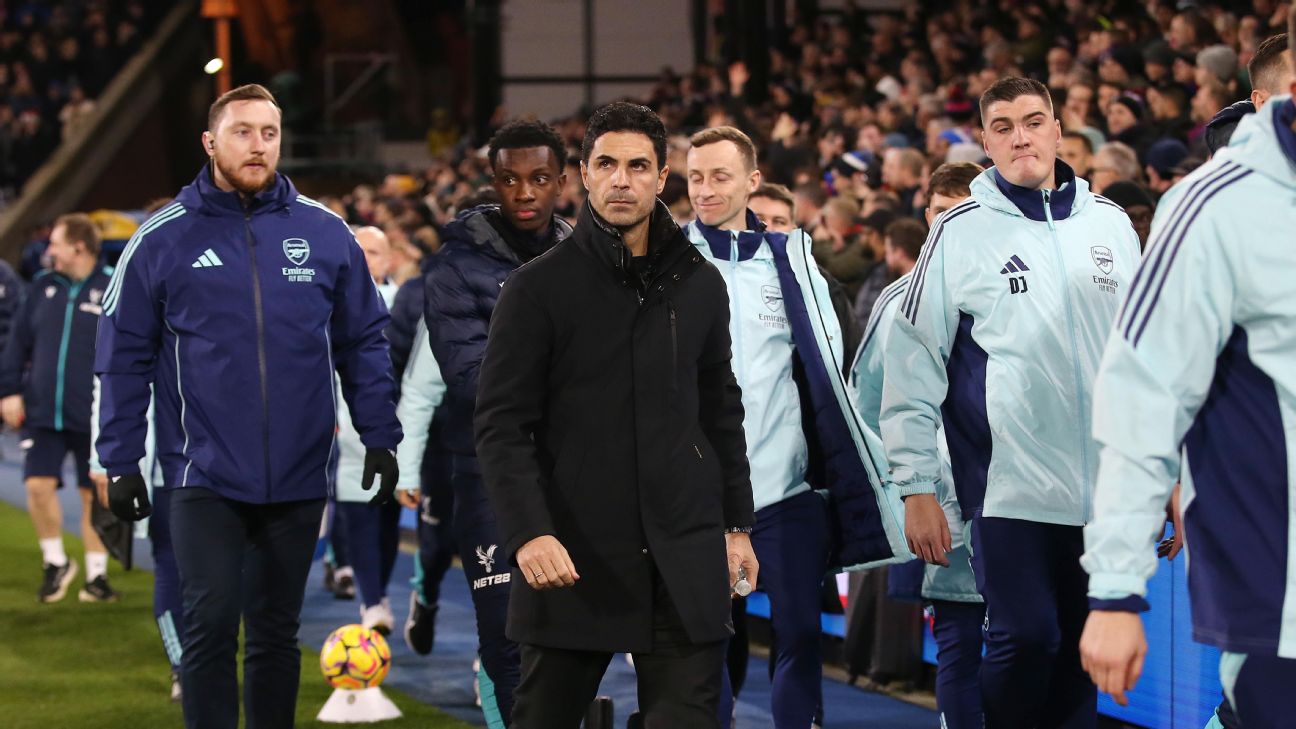Manolo Marquez’s wait for a victory with the Indian national football team continued with a 1-1 draw against Vietnam, but it was a creditable performance from his side, much improved from the previous two games in the last international window. The result also meant that India’s winless run extended to 11 games going back to November of last year.
After Vi Hao Bui gave Vietnam the lead in the 38th minute, Farukh Choudhary scored early in the second half to level things for India, with Gurpreet Singh Sandhu also saving an early penalty and making multiple saves late on to deny Vietnam the victory.
Here are the major takeaways from the game:
Farukh Choudhary returns with a bang
Having not featured for the national team in three years, Farukh’s selection in Marquez’s squad raised eyebrows. Those eyebrows reached Carlo Ancelotti levels when he was named in the starting lineup. Marquez has paid for Igor Stimac’s steadfast refusal to blood a successor to Sunil Chhetri, but his bravery in picking Farukh Chaudhary paid off.
Even before his goal, Farukh was perhaps India’s most impressive player. A nutmeg of a Vietnamese defender in the eighth minute, before running through and taking a strike from range, is not something we’ve seen from an Indian central striker not named Chhetri in decades. Farukh’s energetic pressing and penchant for first-time flicks ensured that any forays forward moved fluidly, while also causing Vietnam captain Ngoc Hai Que plenty of problems at the back.
And he finally earned his reward in the 53rd minute, running on to a long ball from Suresh Singh, shrugging off Que, before producing an audacious first-time chip over Vietnamese keeper Filip Nguyen to equalize for India. It was the best of Farukh – energy, pace, power and an ingenious finish. Farukh could have even stolen a winner later but missed a chip in the box by inches. If he continues his form for Chennaiyin FC under Owen Coyle, Marquez may finally have an answer to India’s central striking woes.
Promisingly, Edmund Lalrindika also seemed suited to the role when he replaced Farukh, and his 28-minute cameo means Marquez has genuine options to work with.
Flashes of Manoloball
There was a moment in the first half that was vintage Manoloball – Asish Rai and Lallianzuala Chhangte exchanged a quick 1-2 down the right wing, before playing it off to Farukh, who responded with a first-time flick into space down the right wing. It was slightly overhit, and Chhangte strained to keep it from going beyond the backline, before cutting the ball back into danger in the box. Nothing came from the move, but it was a glimpse into what Marquez can eventually wrestle from this group of players. With more games and more familiarity, this style of football can trouble better teams.
Things we lob to see ��
Farukh deftly lobs it over the keeper to equalise for India against Vietnam! ✨
Catch all the action from #VIEIND LIVE on #FanCode!#BlueTigers @IndianFootball pic.twitter.com/xlDz1LPFKU
– FanCode (@FanCode) October 12, 2024
Even the double pivot of Suresh Singh and Apuia was brilliant, snapping into tackles and evading Vietnam’s high-energy press. Suresh, in particular, has improved leaps and bounds with the ball, as evidenced by his superb assist for Farukh’s goal. It’s a pivot that India can rely on, and with all of Manolo’s brilliant ISL sides requiring midfielders equally adept with the pass as they are with a tackle, this only bodes well.
Gurpreet remains India’s best option
He may not be the best with the ball at his feet and makes questionable decisions sometimes, but Gurpreet Singh Sandhu once again proved he is India’s best option in goal. With Vishal Kaith also drafted into the squad having made the case for his inclusion with his domestic performances, there’s an air of Gurpreet’s spot in the team not being as certain as it once was, armband notwithstanding.
Many will point to Que’s 12th-minute penalty as a poor one, but upon closer viewing Gurpreet did not move even during the Vietnamese captain’s pause in his runup, outfoxing the penalty taker, thus resulting in an underpowered hit that he collected with ease. The Indian keeper is always a good bet when facing up to a penalty, and he did not disappoint. Even when Vietnam came back strongly late in the second half, Gurpreet ensured India walked away with a point, a stunning reflex save from Quang Hai Nguyen in the 79th minute was the pick of the bunch.
When India are under the cosh, Gurpreet remains the best answer.
Manolo’s quest for compactness will need more from his defenders
Anwar Ali was perhaps the only one of India’s three central defenders who walked away with any credit against Vietnam, largely in part due to a superb goal-line clearance late on. While Marquez got things right in terms of his defensive shape, Rahul Bheke and Subhasish Bose struggled against Vietnam’s high press.
Bheke was always a penalty risk throughout, conceding a foolish penalty with a needless shove in the 12th minute, as well as nearly conceding another in injury time, the foul just inches outside the box. With time on the ball, both Bheke and Bose are fine defenders, but their press-evasion needs plenty of work. Bose had a torrid time tonight, especially in the first half against Van Toan Nguyen and Vi Hao Bui, although the latter would trouble most defenders in the world with his pace and trickery. Still, Bose appeared slow and ponderous at times and was fortunate that his fellow defenders in the three-man backline bailed him out.
Marquez loves a compact defence that leaves no space for the opposition, but he has plenty of work to do, and perhaps drafting in the likes of ball-playing defenders like Chinglensana Singh alongside Anwar Ali might be his eventual answer.
Marquez’s tactical nous on display
It’s promising that Marquez can set up for the opposition with a tailored plan, and not just focus on one particular rigid style that Stimac never wavered from. The Spaniard mirrored Vietnam’s three-man backline formation, and the defensive shape, coupled with the moves in transition were promising.
There were issues in execution, especially in defence, with Indian defenders losing duels they ought not to have, which was perhaps why Vietnam went into the break with a one-goal lead. However, Marquez’s tactical tweak in the second half paid immediate dividends.
Chhangte, who had spent the first half operating as a traditional winger, spent the second half in an interior role, dragging his defender with him. The space allowed Asish Rai to flourish and Chhangte’s technical ability in close quarters meant India’s right was a constant threat in the second half. He also appeared to have asked for quicker transitions in the break, and Suresh’s long loft to Farukh provided the goal.
That India’s players are beginning to execute what their manager desires is promising. While India remain in search of a win under the Spaniard, it will come sooner rather than later if Marquez continues in this vein. Just three games in, there are already signs of improvement when compared to the end of Stimac’s reign. If the AIFF provides adequate support and time, come March 2025, when qualification for the AFC Asian Cup begins, India will be a far, far better team – one not in search of a win.



